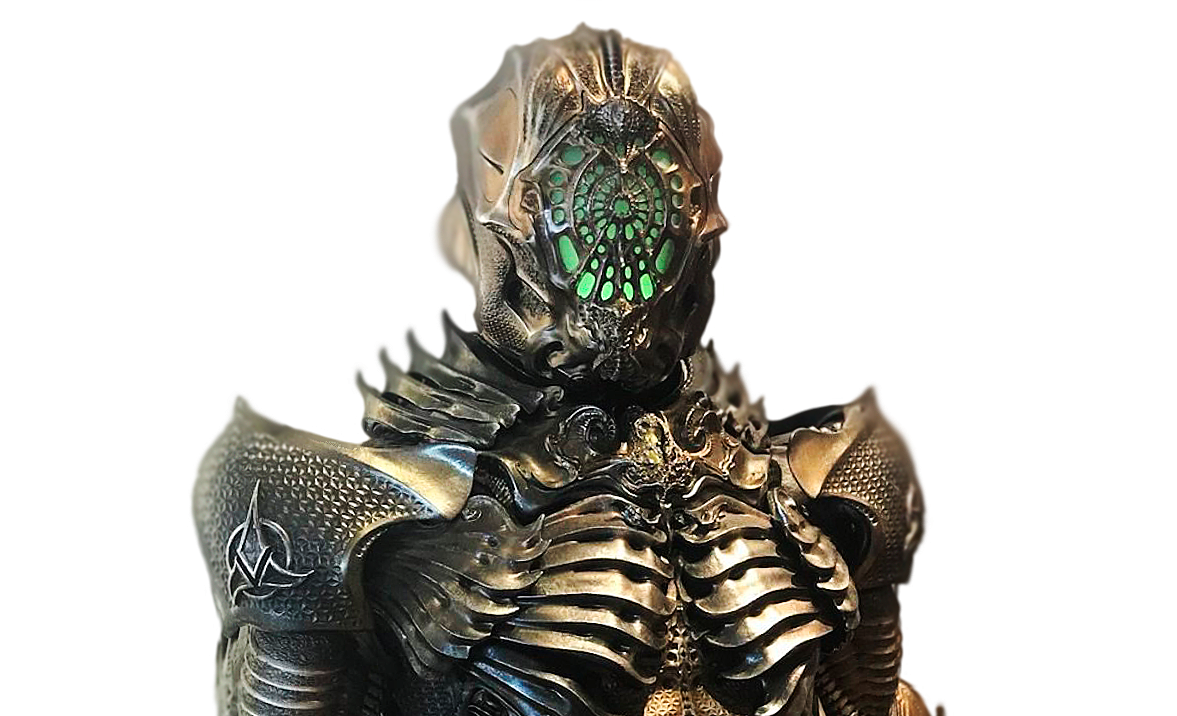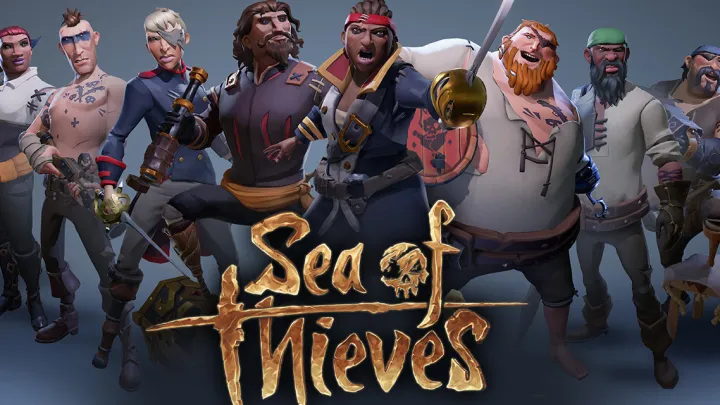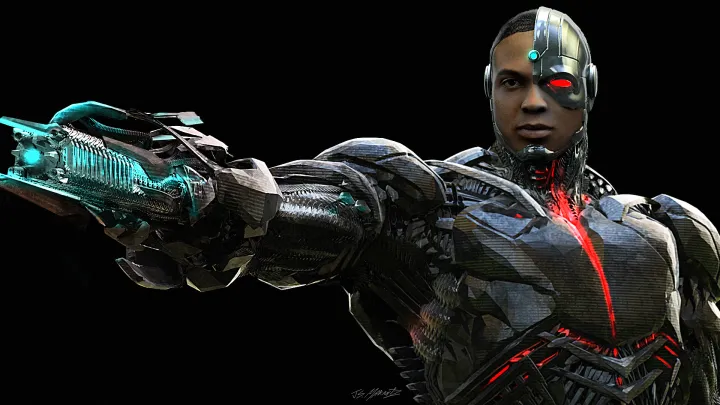ArtStation Masterclass Spotlight Interview: Neville Page
 For the first time, ArtStation and Gnomon are collaborating to bring you a unique opportunity to learn online from artists who are all at the top of their field. We’re talking about artists who create work for Academy Award winning Hollywood films like this week’s ArtStation Masterclass spotlight instructor, Neville Page.
For the first time, ArtStation and Gnomon are collaborating to bring you a unique opportunity to learn online from artists who are all at the top of their field. We’re talking about artists who create work for Academy Award winning Hollywood films like this week’s ArtStation Masterclass spotlight instructor, Neville Page.
When it comes to creature design, Neville Page has made a name for himself as a legend in the entertainment industry. From designing Star Trek‘s Romulans to working with James Cameron on Avatar, his work has become iconic. While still working as a concept artist, Neville also taught at Art Center College of Design and Gnomon.
Read on for more on his course and experiences.
Masterclass: Creative Creature Design
This master class will cover all processes of creative development, starting with the script and ending with a resolved design and presentation. Neville will be sharing philosophies regarding creature design and techniques that will allow for new ways of seeing. 
You’ve been part of a lot of monumental projects. Tell us about one of your favorites.
Each project has it’s own personality, challenges and outcomes. In other words, each one is a unique experience.
Avatar was a huge learning experience and James Cameron gave us the time, at the beginning, to really “learn”. We all needed to become “experts” on zoology, botany, animal behavior, etc. It is rare to be afforded the time on a project where you can sit, study, read…truly learn. And then, of course, it is expected that you apply that knowledge.
Tron Legacy was a whole different universe and required a massive gear shift for me. Not into the unknown, but rather back to my roots as an industrial designer.
Of course, JJ Abrams’ first Star Trek was a blast. In the process of designing the Romulans with the makeup artist, Joel Harlow, I ended up having one design tested on myself. As a result, I ended up in the film…front and center with a line at the end, ”Captain, I’ve picked up another ship”. Clearly, without my participation as an actor, the movie would never have been a success! 🙂
What is one trick/technique students can expect to see you demonstrate in your course?
I will be showcasing a very simple technique of “Controlled Chaos” design. It is a way to free you from habit and open oneself up to new ways of seeing and designing.
Tell us about one of your most valuable learning experiences.
It’s not about you! When you are working on a game or film, you are working for “someone”. And you are realizing THIER vision. Not yours. We can get emotionally attached to our work, and when we see it deviate down the pipeline of production, it can sting, if not anger you. Our job is to aid in pulling ideas from the head of another and make their thoughts manifest. It’s not about us as artists or designers crafting our vision. Once you come to terms with that reality, the experience of working in production becomes that much more pleasurable. It’s a mature and professional perspective to have. And if you don’t like it, be the boss. Fair warning…you will always have someone to answer to, however.
What is your collaboration process in working with film directors?
Well, first off, more often than not, a creature designer or concept designer does not work with the director directly. In most cases you work for a production designer. I have had the good fortune of working with some amazing production designers, but I have also had the opportunity (most often) to work side by side with the director.
That said, my collaboration process is simple: I listen, I ask questions, I make sure I understand their needs and I reiterate my understanding back to them. Clarity is so vital to the process. When possible, I ask to be included in as much as I can at the beginning of the production, just so that I am informed on all things that may influence my job. After that, I do my damnedest to deliver the goods.






















